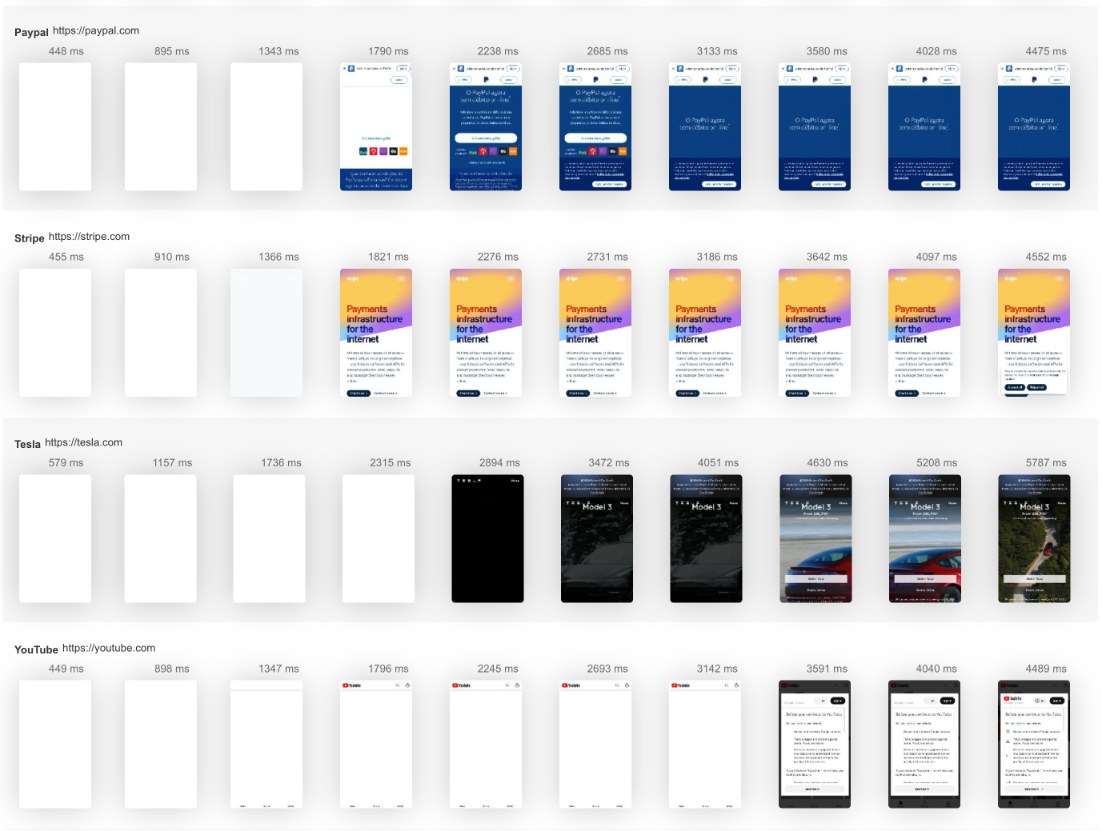Βέλτιστες πρακτικές για την υλοποίηση αναλυτικών ταχύτητας σε πραγματικό χρόνο
Αυτό το πρότυπο περιγράφει τις βέλτιστες πρακτικές για την αποτελεσματική υλοποίηση αναλύσεων ταχύτητας σε πραγματικό χρόνο στη στρατηγική απόδοσης του ιστότοπού σας, εξασφαλίζοντας ότι μπορείτε να παρακολουθείτε και να βελτιστοποιείτε τους χρόνους φόρτωσης σελίδων για να βελτιώσετε την εμπειρία του χρήστη.
What is Best Practices for Implementing Real-Time Speed Analytics?
This template serves as a comprehensive guide for establishing effective real-time speed analytics to monitor your website's performance. It focuses on leveraging real-time data to gain insights into page load times, enabling you to pinpoint issues and optimize user experience. By implementing the best practices outlined here, you will be equipped to utilize analytics tools efficiently, ensuring your web applications are consistently performing at their peak.
Understanding Real-Time Speed Analytics
Real-time speed analytics involves continuously monitoring the performance of your web pages as they load for users. This approach allows you to capture critical metrics such as load times, resource utilization, and user interactions instantly. The insights garnered from real-time analytics can significantly influence your website optimization strategies.
How This Template Relates to Page Speed Monitoring
Utilizing a Page Speed Monitoring Tool such as LoadFocus enables you to apply the best practices suggested in this template. By integrating real-time analytics with your monitoring tools, you can detect performance issues as they arise, minimizing downtime and enhancing user engagement. This robust approach ensures that your site remains responsive, particularly during high traffic periods, ultimately leading to improved conversion rates.
Key Components of Real-Time Speed Analytics
To effectively implement real-time speed analytics, consider the following components:
1. Metric Selection
Identify which performance metrics matter most for your site, such as Time to First Byte (TTFB), Fully Loaded Time, and speed index.
2. Tool Integration
Choose the right analytics tools that can provide real-time data and integrate seamlessly with your existing workflow.
3. Alert Configuration
Set up alerts to notify your team of significant performance dips or anomalies in real time, ensuring prompt action can be taken.
4. Continuous Monitoring
Establish a routine for continuous monitoring to keep track of performance trends and make data-driven decisions.
5. Actionable Insights
Focus on translating the data gathered into actionable insights that can guide your optimization efforts effectively.
Benefits of Real-Time Speed Analytics
Implementing real-time speed analytics offers numerous advantages:
- Immediate Issue Detection: Quickly identify and resolve performance issues before they impact users.
- Improved User Experience: Ensure your website loads swiftly, keeping users engaged and reducing bounce rates.
- Data-Driven Decisions: Utilize real-time data to inform your optimization strategies and investments.
- Enhanced Performance Tracking: Maintain a clear view of how performance changes over time, allowing for proactive adjustments.
Conclusion
The practices outlined in this template for implementing real-time speed analytics are essential for any organization focused on optimizing their web performance. By integrating these strategies with a Page Speed Monitoring Tool like LoadFocus, you can ensure that your website remains fast, responsive, and user-friendly, ultimately driving better engagement and conversions.
Πόσο γρήγορη είναι η ιστοσελίδα σας;
Αναβαθμίστε την ταχύτητά της και το SEO άνετα με το δωρεάν μας έλεγχο ταχύτητας.Αξίζεις καλύτερες υπηρεσίες δοκιμών
Ενεργοποιήστε την διαδικτυακή σας εμπειρία! Πλήρης και εύκολο στη χρήση πλατφόρμα σύννεφου για δοκιμές φόρτωσης και ταχύτητας και παρακολούθηση.Ξεκινήστε δοκιμές τώρα→